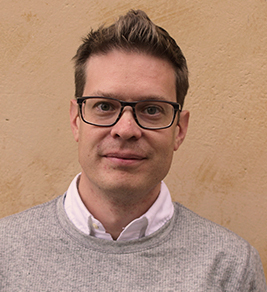Many sparsely-populated regions in Europe believe that they are left behind because of a reduced presence of public and private services in the area compared to more densely populated urban areas. The use of new technologies can be a means to provide similar services in rural as in urban areas and to reduce costs. However, when services are becoming digitalized, spatial and social digital divides might increase in regions with ageing populations.
Nordregio researchers Linnea Löfving, Timothy Heleniak, and Gustaf Norlén, together with the German research institute ILS researched the topic and published an article “Can digitalization be a tool to overcome spatial injustice in sparsely populated regions? The cases of Digital Västerbotten (Sweden) and Smart Country Side (Germany)”.
The research compares two similar cases in Höxter and Lippe in Germany and Västerbotten, where digitalization measures have been used to provide public services to the population in order to reduce inequalities or spatial injustice.
“The article concludes the need for an inclusive process and the value of a place-based approach when implementing digitalisation measures. It also points to the fact that the two projects complement each other in showing the path towards a more integrated and inclusive approach for rural digitalization policies. While both successfully helped overcome digital divides in different ways, aspects of both projects would need to be integrated to achieve greater impact. This is mainstreaming of digital solutions into administrative routines (the strength of Digital Västerbotten) and the involvement of civic actors in the development of digital services according to local needs (the strength of the Smart Country Side project),” says Linnea Löfving, Research Fellow at Nordregio.
The article was published in the journal European Planning Studies and is a result of the Horizon 2020 project RELOCAL.



